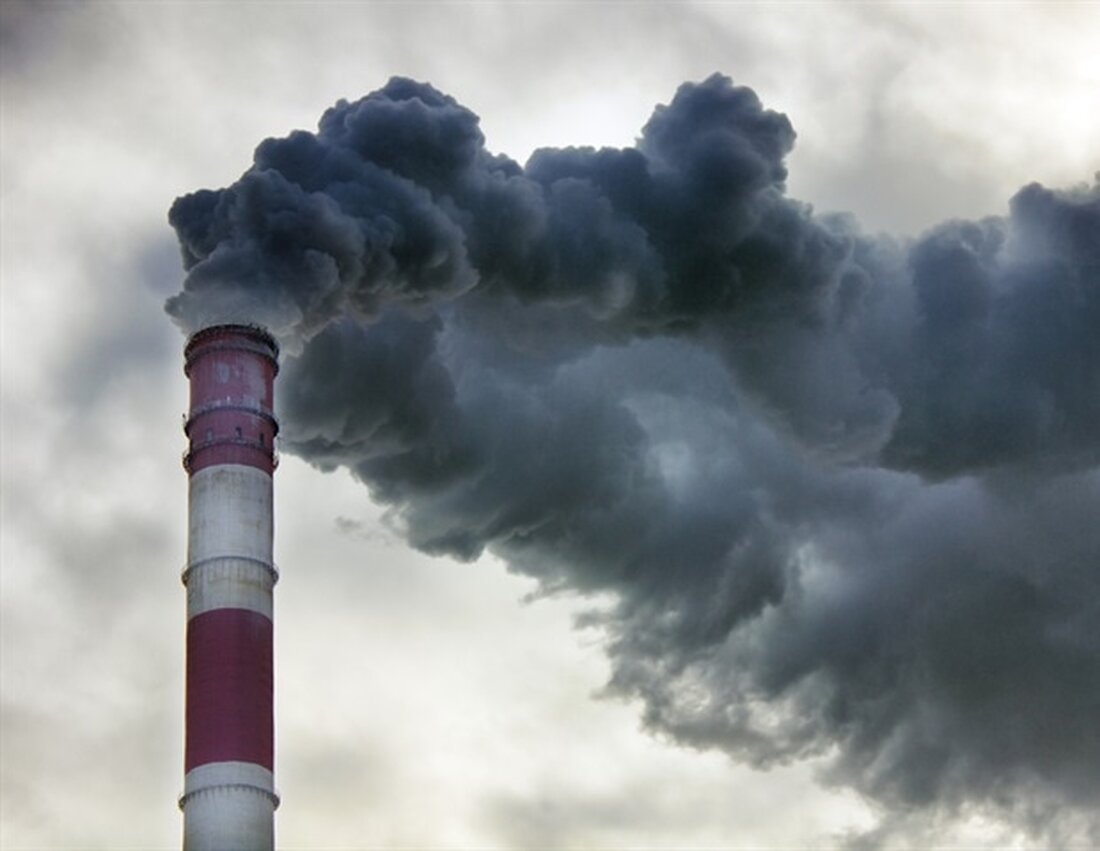Study links the chemical composition of air pollution from particulate matter to worse lung disease outcomes
People with a disease characterized by lung scarring and no apparent cause are more likely to die if they live in areas with higher levels of air pollution consisting of chemicals linked to industrial sources and vehicle traffic, according to a new study by scientists at the University of Pittsburgh. The study, published today in JAMA Internal Medicine, is the first to link the chemical composition of particulate air pollution to worsening fibrotic interstitial lung disease (fILD). It is also the largest study ever conducted to examine the effects of air pollution on these patients...

Study links the chemical composition of air pollution from particulate matter to worse lung disease outcomes
People with a disease characterized by lung scarring and no apparent cause are more likely to die if they live in areas with higher levels of air pollution consisting of chemicals linked to industrial sources and vehicle traffic, according to a new study by scientists at the University of Pittsburgh.
The study, published today in JAMA Internal Medicine, is the first to link the chemical composition of particulate air pollution to worsening fibrotic interstitial lung disease (fILD). It is also the largest study ever conducted to evaluate the effects of air pollution on these patients.
For some people with these lung diseases, the expected life expectancy from diagnosis to death is only a few years, and yet it remains a mystery why they developed the disease and why their lungs were so scarred. Our study suggests that air pollution – particularly pollutants from factories and vehicles – may lead to faster disease progression and premature death in these patients.”
Gillian Goobie, MD, lead author, graduate student, Department of Human Genetics, Pitt School of Public Health
Goobie and her team obtained data from 6,683 patients with fILDs in the United States and Canada and linked their home addresses with air pollution data from satellite and ground monitoring to determine the composition of air pollutants with an accuracy of less than half a mile.
The team specifically looked at a pollutant called PM2.5, which refers to particles less than 2.5 micrometers in diameter, a size invisible to the naked eye. This type of pollution is so small that it can penetrate deep into the lungs and even enter the bloodstream, where it can cause other diseases outside the lungs, such as: B. heart disease, can contribute.
"Historically, most environmental health research has focused on simply defining PM2.5 as something of this size," said co-author James Fabisiak, Ph.D., associate professor in Pitt Public Health's Department of Environmental and Occupational Health. "But PM2.5 is chemically diverse and has a different composition depending on whether it comes from a forest fire or a tailpipe. There has been a lack of research to determine whether the type of PM2.5 matters for health effects. Our new research is." a big step towards closing this knowledge gap.”
The team found that rising PM2.5 levels were associated with more severe disease at the time of diagnosis, faster disease progression as measured by decline in lung function, and a higher likelihood of dying earlier. Pollution high in sulfate (usually produced by factories such as the coal and steel industries), nitrate (mainly from burning fossil fuels) and ammonium (usually produced by industry or agriculture) was associated with worse outcomes, while chemical signatures from more naturally occurring particulate matter – such as sea salt or soil dust – did not have as high levels Connection.
Goobie noted that these and other gaseous pollutants can form aerosols containing sulfates and nitrates in the atmosphere after the pollution leaves a smokestack or exhaust pipe and can be acidic, which can be very harmful to the tiny air sacs in the lungs.
The team is currently conducting laboratory studies to examine the effects of these pollutants on lung cells at the molecular level to better understand why they cause particular damage to the lungs of certain people and whether exposure to the pollutants could trigger changes in the way certain genes function that can cause uncontrolled scarring.
According to the team's calculations, most premature deaths among participants living in areas of North America with greater industrial pollution - including Pittsburgh - could have been avoided if exposure to industrial pollutants had not occurred. Participants of color were disproportionately exposed to higher levels of human-caused air pollutants: 13% of the high-exposure group were nonwhite, but only 8% of the low-exposure group, underscoring the impact of environmental injustice in these results.
Co-senior author S. Mehdi Nouraie, M.D., Ph.D., associate professor of pulmonary, allergy and critical care medicine at Pitt's School of Medicine, said the findings further underscore the need for people with lung diseases that make them more vulnerable to avoid pollution, pay attention to the air quality index - a prediction of air pollution - and consider On days with poor air quality, limit time outdoors or in rooms without good air filtration to a minimum.
“Ultimately, we want to promote data-driven awareness,” Nouraie said. "We want people to think about the quality of the air we breathe. Patients, healthcare providers and policymakers can all use the new information we provide to try to improve health outcomes by making the air safe for those most at risk." Breathe, you make it safe for all of us.
Source:
Reference:
Goobie, G.C., et al. (2022) Association between particle exposure and lung function and mortality in patients with fibrotic interstitial lung disease. JAMA Internal Medicine. doi.org/10.1001/jamainternmed.2022.4696.
.

 Suche
Suche
 Mein Konto
Mein Konto
